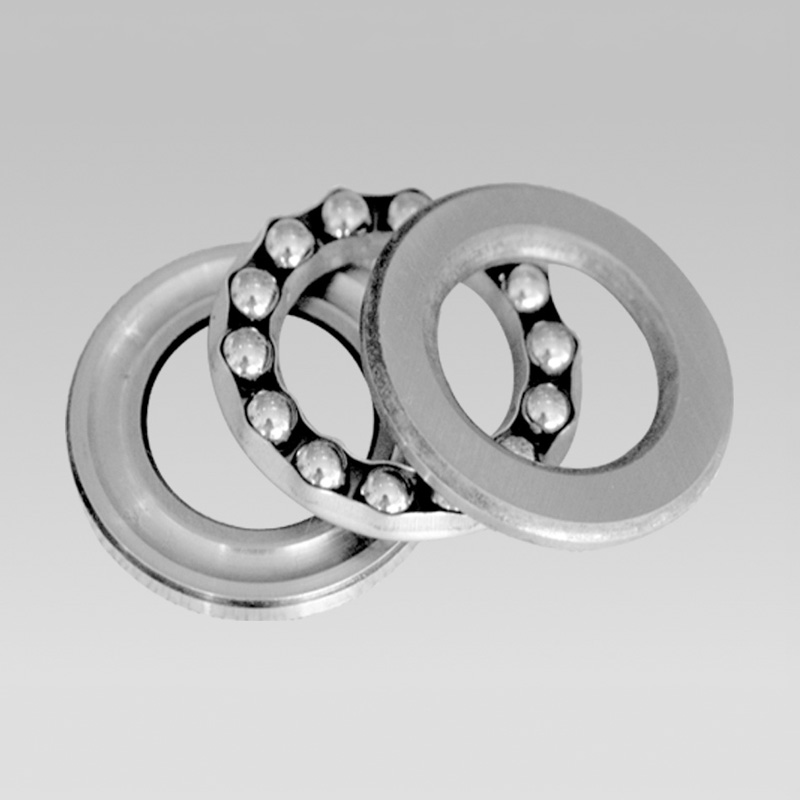
Dec . 04, 2024 18:52 Back to list
Angular contact bearings for spherical ball applications in engineering solutions
Understanding Angular Contact Spherical Ball Bearings
In the realm of mechanical engineering and precision machinery, bearings play a critical role in ensuring the smooth operation of moving parts. Among the various types of bearings available, angular contact spherical ball bearings are recognized for their unique design and superior performance characteristics. This article aims to discuss the structure, functionality, applications, and benefits of angular contact spherical ball bearings.
Structure and Design
Angular contact spherical ball bearings are distinct from other bearing types due to their specific angularity, which allows them to accommodate larger axial loads. These bearings consist of an outer ring, an inner ring, a set of balls, and a cage. The critical feature of angular contact bearings is the angle at which the balls make contact with the raceways. This angle can vary, typically ranging from 15 to 40 degrees, which affects the bearing's load-carrying capabilities. The design can be single-row or multi-row, with single-row variants being the most common.
Functionality
The unique design of angular contact spherical ball bearings enables them to handle both radial and axial loads simultaneously. When a load is applied, the angle of contact between the balls and the raceways allows the bearing to take on a greater axial load without compromising its integrity. This is particularly beneficial in applications where there is a predominant axial load alongside radial forces. The use of precision steel balls aids in minimizing friction, facilitating smoother rotations and contributing to overall efficiency.
Applications
Angular contact spherical ball bearings are widely used in various industries due to their versatility and durability. Some of the common applications include
1. Electric Motors They are frequently employed in electric motors where high rotational speeds are essential. The ability to handle axial loads makes them ideal for supporting rotor shafts. 2. Machine Tools In metalworking and machining, precision is critical. These bearings support the spindles of machine tools, providing stability and accuracy.
3. Automotive Applications Angular contact bearings are used in the steering systems of vehicles, where they must accommodate both axial and radial loads. They are also found in gearboxes and transmissions.
angular contact spherical ball bearings

4. Aerospace The aerospace industry demands high-performance bearings that can withstand extreme conditions. Angular contact bearings are used in landing gear, engine components, and various other critical applications.
5. Robotic Systems In automation and robotics, these bearings facilitate smoother and more precise movements, essential for high-performance robotic applications.
Benefits
The adoption of angular contact spherical ball bearings offers several advantages over other bearing types
- High Load Capacity The ability to carry both radial and axial loads makes these bearings suitable for demanding applications. - Reduced Friction The design promotes lower friction levels, enhancing operational efficiency and extending the lifespan of machinery.
- Versatility They come in various designs and sizes, making them adaptable to a wide range of applications.
- Enhanced Stability The precise alignment of the raceways and balls provides improved stability during high-speed operations.
- Durability Constructed from high-quality materials, these bearings are designed to withstand harsh conditions and heavy loads.
Conclusion
Angular contact spherical ball bearings play an indispensable role in modern machinery and engineering applications. Their unique capability to handle both radial and axial loads, combined with their versatile design, makes them a preferred choice in various industries. As technology continues to evolve, the demand for highly efficient and durable bearings will likely increase, reinforcing the significance of angular contact spherical ball bearings in mechanical engineering. Understanding their structure and functionality not only helps engineers make informed choices but also supports the development of more advanced and reliable systems in the future.
Latest news
-
Grooved Ball Bearing Design and Functionality
NewsJun.04,2025
-
Concrete Mixer Bearing Load Capacity Testing
NewsJun.04,2025
-
6004 Bearing Dimensions in Robotic Joint Designs
NewsJun.04,2025
-
Advantages of Single-Row Deep Groove Ball Bearings
NewsJun.04,2025
-
Applications of Deep Groove Ball Bearings in Automotive Systems
NewsJun.04,2025
-
Innovations in Bearing Pressing Machine Design
NewsJun.04,2025
